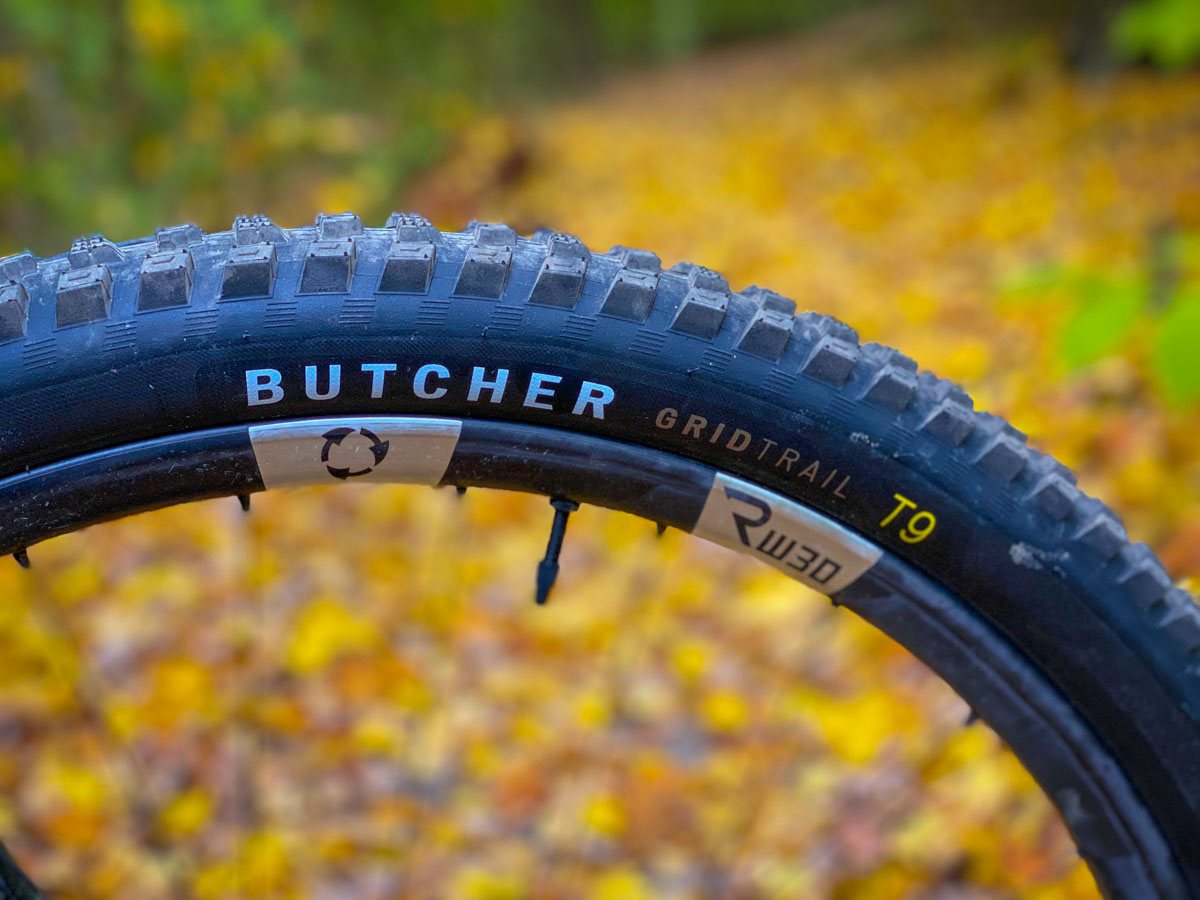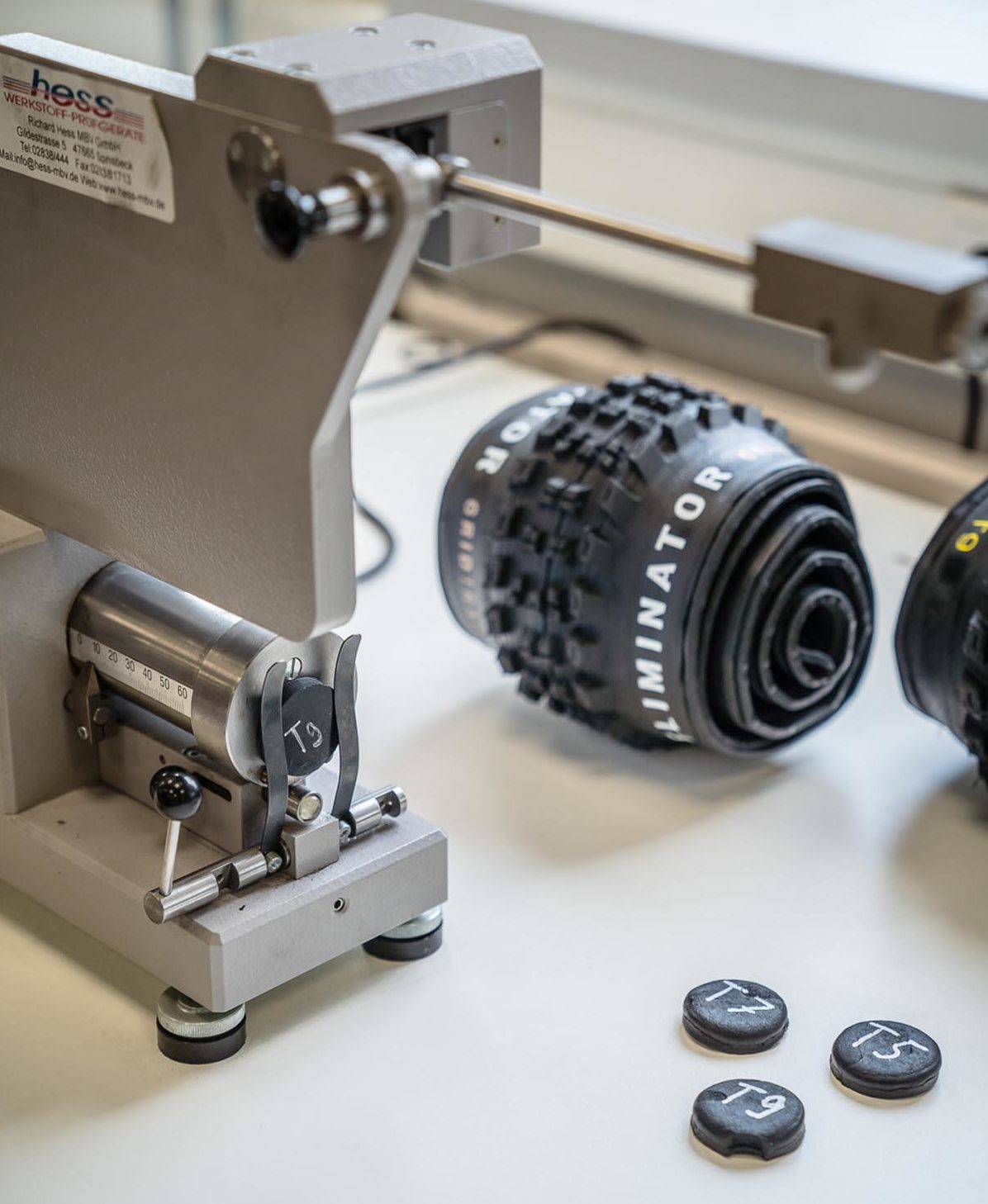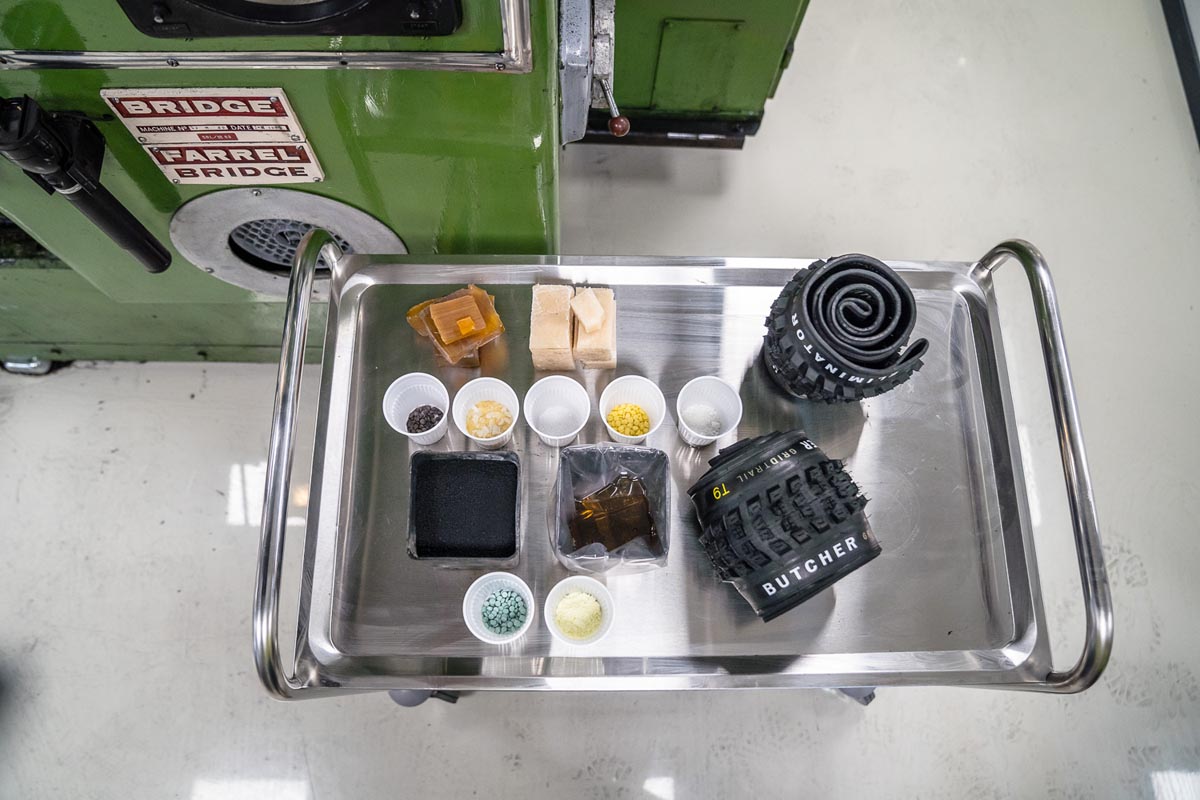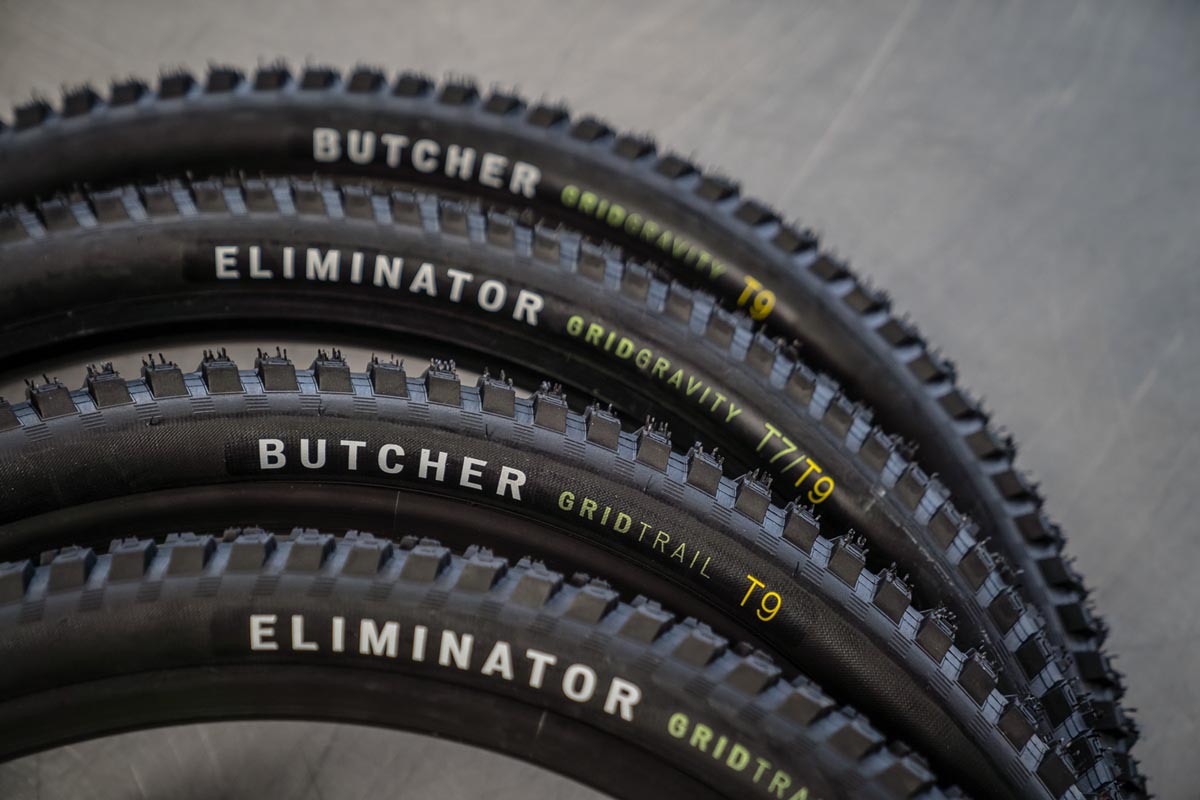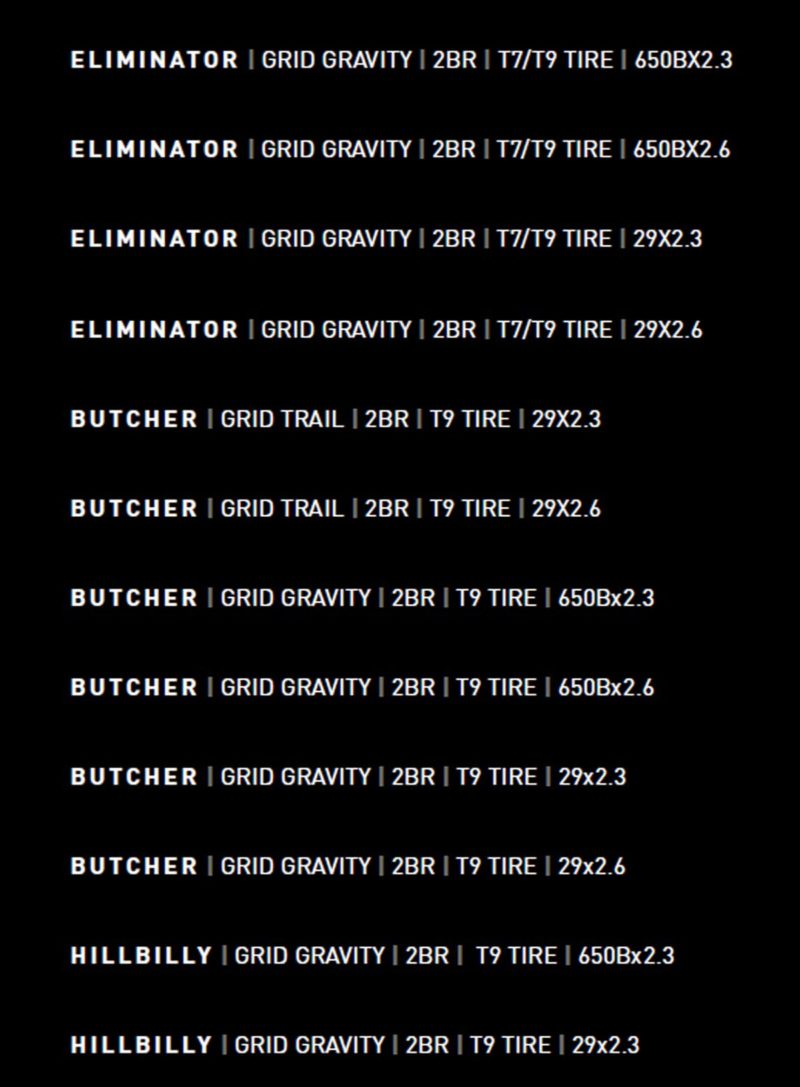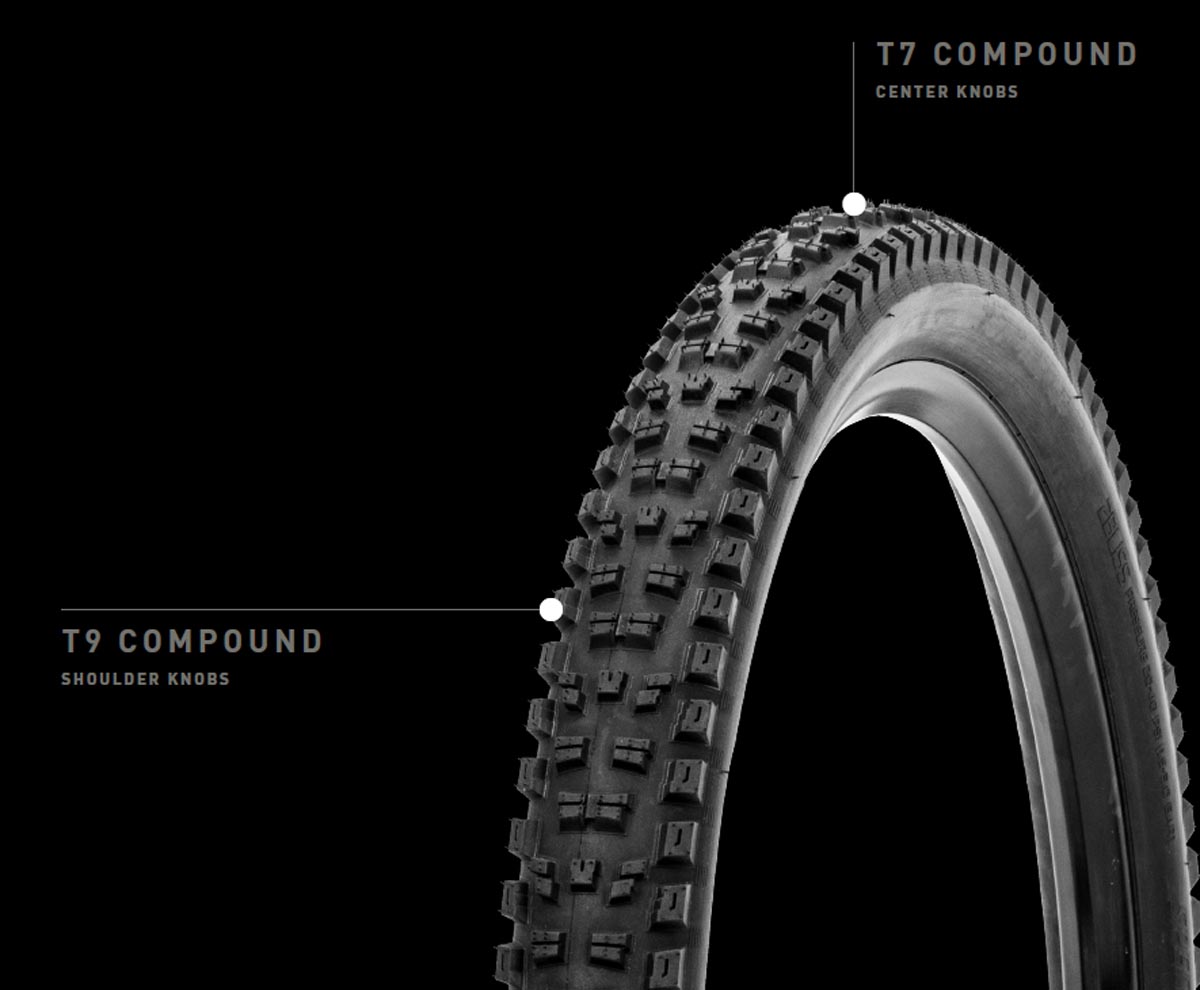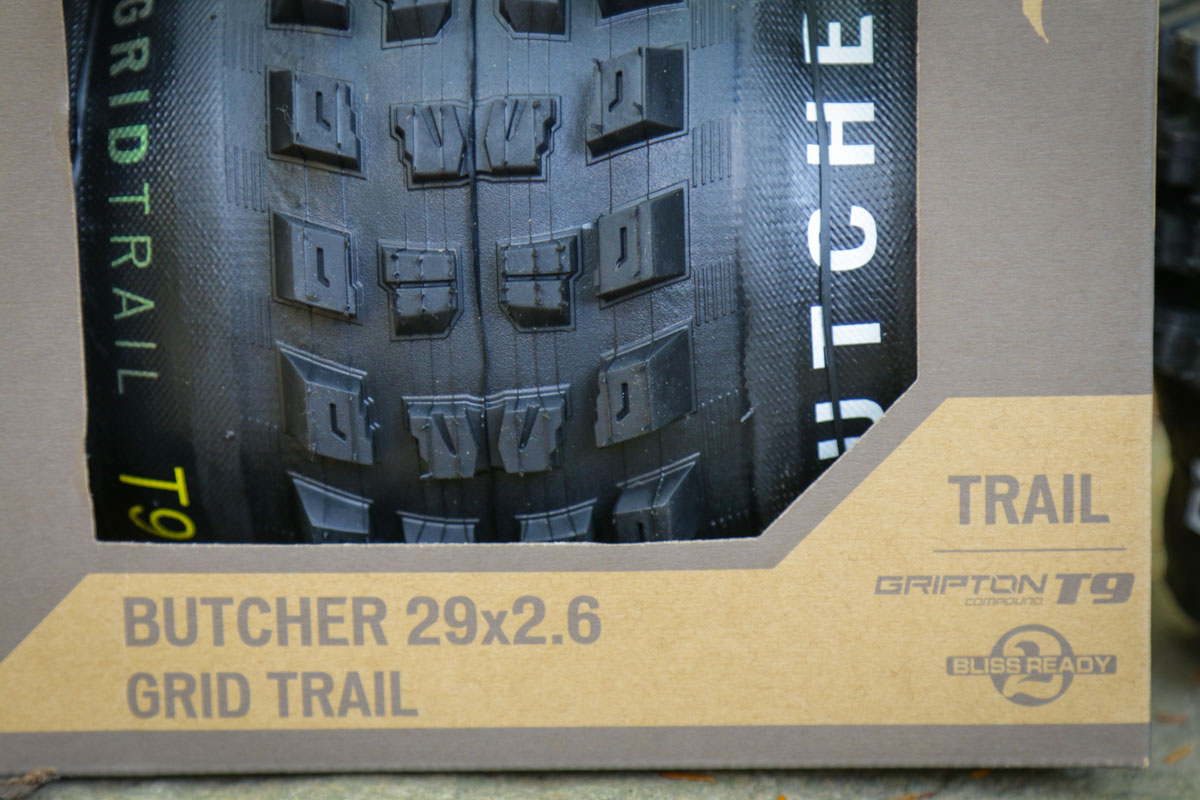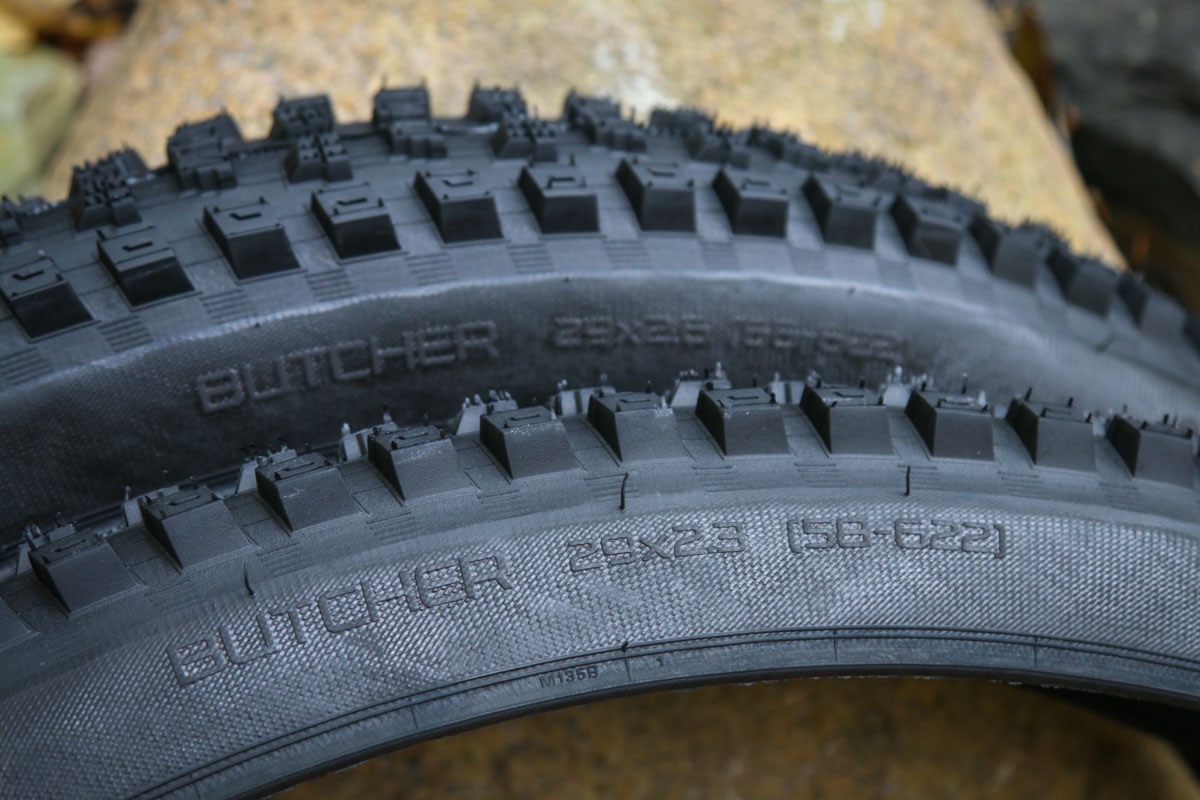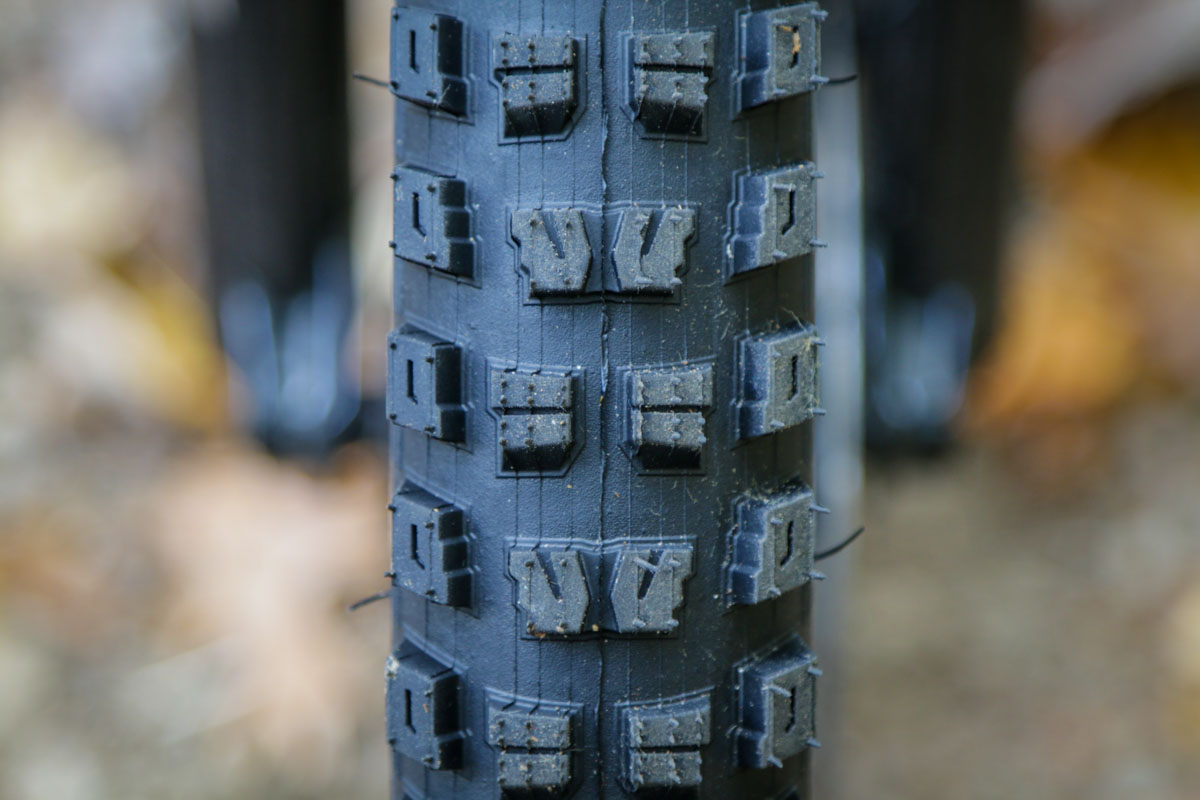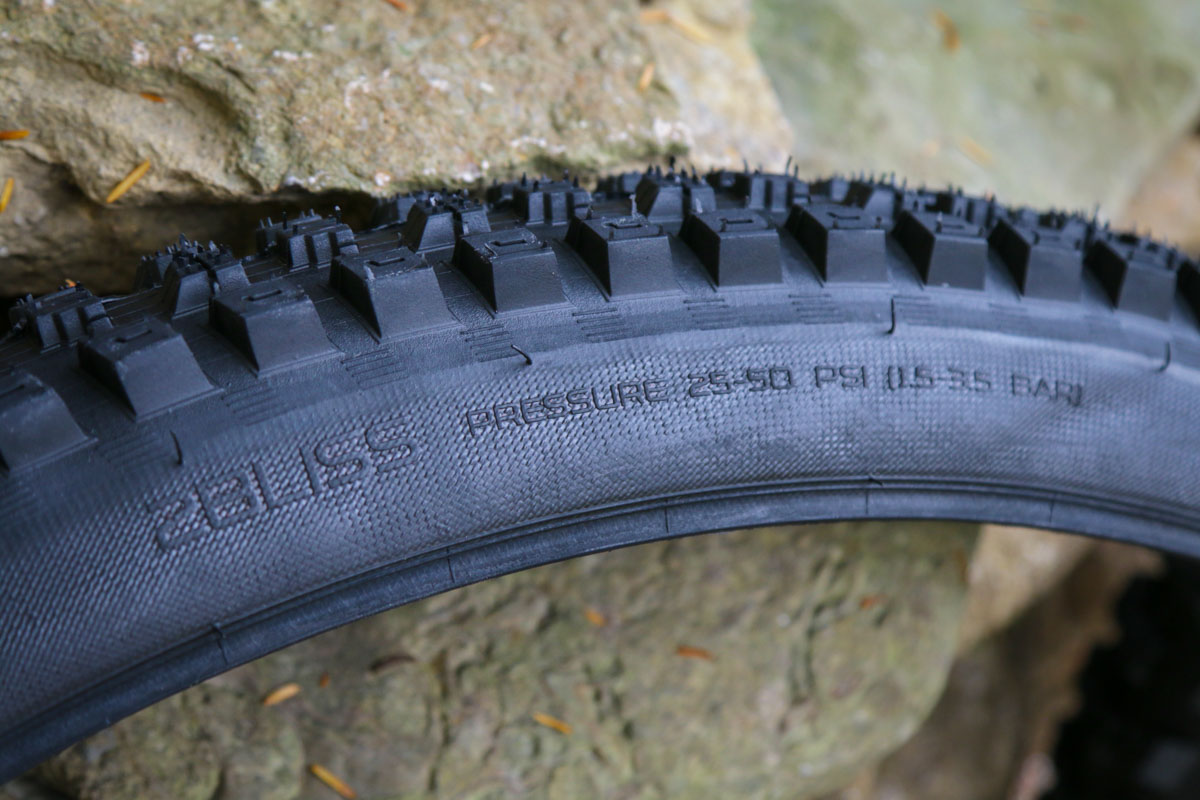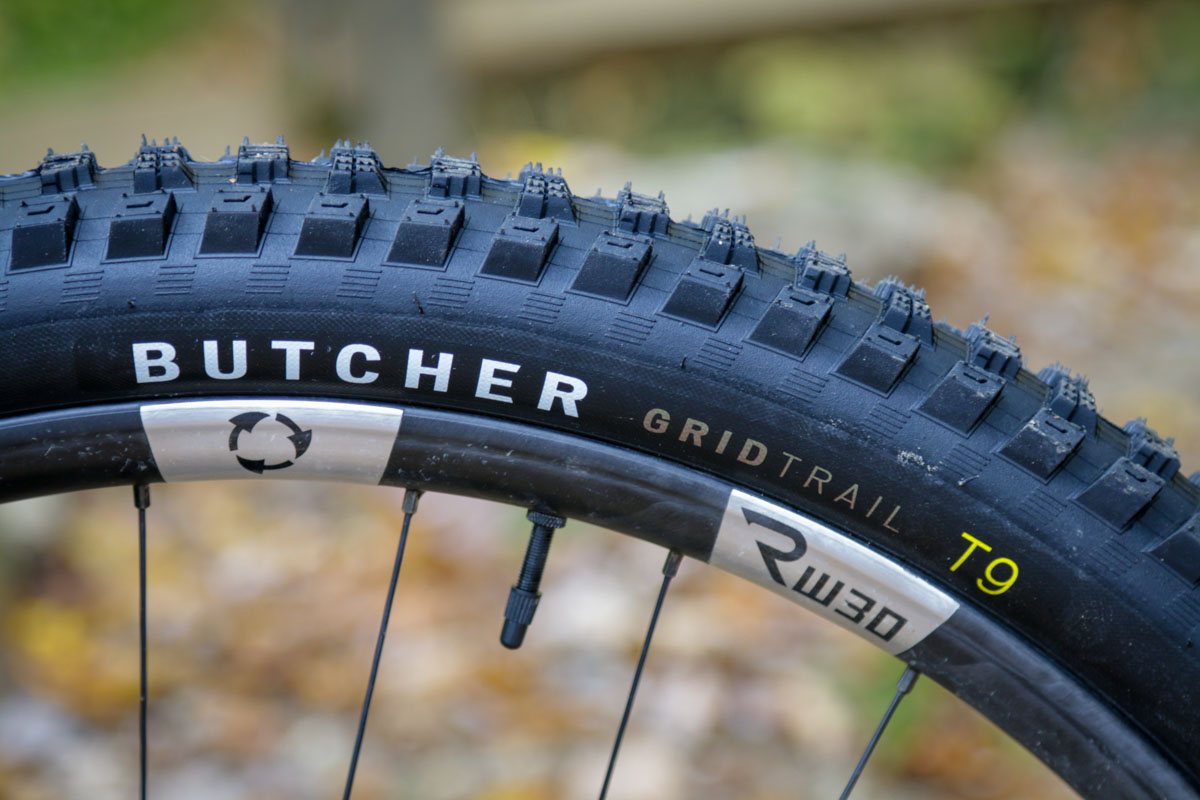You probably know how suspension adjustments can affect your ride, but what about your tires? The rubber compound of your tires does more than just dictate the level of grip. Not only is there rolling resistance, and durability to consider, but there’s also the amount of rebound from the rubber itself. Just like with your suspension, if that rebound is too fast, it can make the ride feel bouncy. That’s where the new Specialized T9 rubber compound comes in.
What is T9? Starting with the ‘T’, Specialized created a new naming structure where the ‘T’ is simply Tread Compound. The number that follows represents the level of grip and damping. The higher the number, the more grip and slower rebound the rubber compound will possess.
Specialized wanted a rubber compound that offered a slower rebound with the most grip, so they cranked it up from a 7 to a 9 with their latest creation. Using different rubber polymers and additives, they were able to “slow down and relax the tread compound to filter impact and vibrations.”
Who’s it for?
One look at the spread of tires available in T9 compound makes it pretty clear – this tread compound is for aggressive riding where traction and control matters most. Offered in Specialized’ line of gravity focused tires, these are geared towards riders who prioritize descending. T9 is mostly available with Grid Gravity casings as well, though the Butcher will come in a Grid Trail option in 29 x 2.3 and 2.6″
Dual Compound Option
For those who want a faster rolling, more durable center tread section but still want the mega grip of the T9 for cornering, Specialized offers a dual compound version of the Eliminator with T7 in the center, and T9 at the shoulders.
First Impressions
Specialized sent over two of the new T9 Butcher tires to check out, one in a 29 x 2.6 the other a 29 x 2.3″.
With both running the Grid Trail casing, it was very surprising to see the two sizes were just 3g apart. However, that seems to be the result of the 2.6″ tire being fairly undersized, while the 2.3″ tire is a little big.
With both tires mounted (quite easily) to a pair of Revel RW30 rims with a 29mm inner rim width, the 2.3″ tire measured 2.3715″ wide. The 2.6″ tire managed just 2.465″ wide. Granted, these are both without much time to stretch, but in both cases the casing is already wider than the tread.
With that said, I would still opt for the 2.6″ tire up front since it offers a slightly more rounded profile. The 2.3″ tire feels a bit taller, and more square in comparison. The Specialized 2Bliss Ready (2BR) tires require sealant to run tubeless like most tires these days, and recommend 25-50psi on the sidewall. I usually run tires of this size from 17-23 psi depending on the tire and the conditions, and I’ve had no issues running these from 21-22.5 psi so far (I always run a bit higher on the initial break in ride just in case they leak down).
On the trail, the damping of the T9 compound is immediately noticeable. It’s hard to believe that such a small amount of rubber in contact with the trail can make such a big difference to the ride quality, but that’s kind of the point.
I don’t have enough time on these tires to make any real judgment calls, but first impressions seem to reflect Specialized’ claims. As winter begins to set in and trail conditions begin to deteriorate, these seem like they might be a great option to hunt down all the traction and control you can find.
